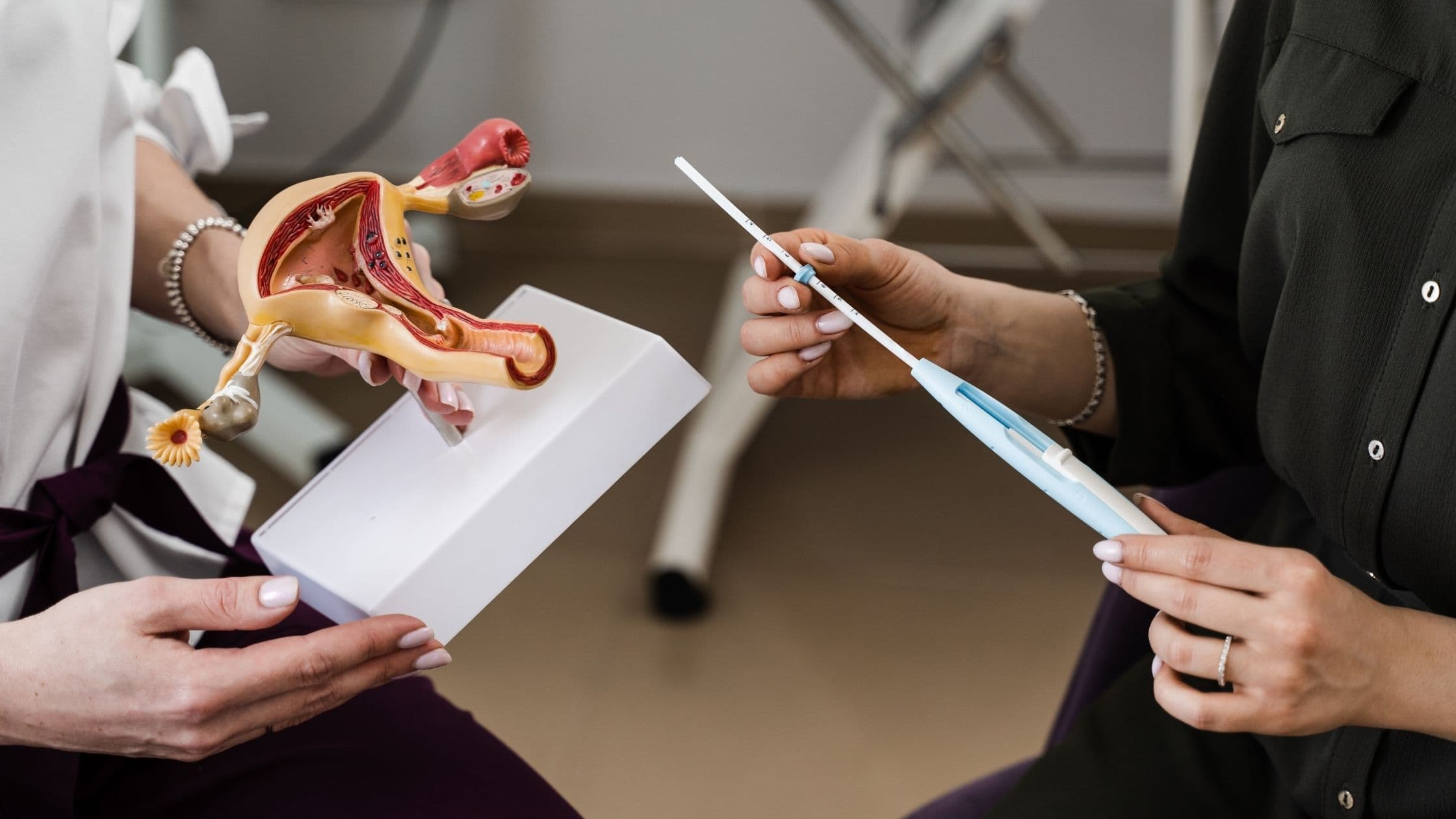Unveiling the IUD: A Comprehensive Guide to Insertion
The intrauterine device (IUD) is a highly effective, long-acting reversible contraceptive method. It's a small, T-shaped device inserted into the uterus to prevent pregnancy. While the insertion process itself is relatively quick, understanding what to expect beforehand can ease any anxieties and ensure a smooth experience. This guide delves into the world of IUD insertion, explaining the different types of IUDs available, the preparation process, the insertion procedure itself, and what to expect afterwards.

Choosing Your Champion: Types of IUDs
Before diving into insertion, let's explore the two main types of IUDs:
- Hormonal IUDs: These release a low dose of progestin, a hormone that thickens cervical mucus and thins the lining of the uterus, making it difficult for sperm to reach and fertilize an egg. Hormonal IUDs are effective for 3-5 years depending on the specific type.
- Copper IUDs: These non-hormonal IUDs rely on copper's spermicidal properties to prevent pregnancy. Copper IUDs are effective for up to 10 years.
Preparing for the Champion's Arrival: Pre-Insertion Steps
Once you've chosen the IUD that's right for you, here's what to expect before the insertion:
- Consultation with your Doctor: Schedule a consultation with your doctor to discuss your medical history, any risk factors, and answer any questions you might have about the IUD and the insertion procedure.
- Pregnancy Test: A pregnancy test will likely be performed to ensure you're not pregnant before IUD insertion.
- STD Screening: In some cases, your doctor might recommend screening for sexually transmitted infections (STIs) before IUD insertion.
- Pain Management Options: Discuss pain management options with your doctor. Some options might include taking over-the-counter pain relievers like ibuprofen an hour before the procedure or using a local anesthetic on the cervix.
The Day of Insertion: What to Expect
On the day of your IUD insertion, here's a breakdown of what to typically expect:
- Arrival and Check-in: Arrive at your doctor's office or clinic a few minutes early to complete any necessary paperwork.
- Positioning: You'll likely be positioned on an examination table similar to a routine pelvic exam.
- Speculum Placement: The doctor will insert a speculum to hold your vagina open and visualize your cervix.
- Cervical Cleaning: The cervix will be cleaned with a sterile solution.
- Sounding: A thin, flexible instrument called a sound is used to measure the depth and direction of your uterus.
- IUD Insertion: The IUD is carefully folded and inserted through the cervix into the uterus using a special insertion tube. Once in place, the arms of the IUD will unfold into its T-shape.
- Placement Confirmation: The doctor will use a small thread attached to the IUD to confirm its proper placement.
- Removal of Instruments: The speculum and insertion tools will be removed.

The Whole Process: The entire insertion process typically takes only a few minutes. You might experience some cramping or discomfort during the insertion, but this is usually temporary.
After the Champion Takes its Place: Post-Insertion Care
Once the IUD is inserted, here's what to expect:
- Monitoring for Side Effects: Mild cramping, spotting, or lower back pain are common for a few days after insertion. Over-the-counter pain relievers can help manage these discomforts.
- Checking the Strings: You'll be instructed on how to feel for the IUD's strings hanging down from the cervix through the vaginal opening. This is a simple way to confirm the IUD is still in place.
- Follow-up Appointment: A follow-up appointment is usually scheduled within 4-6 weeks of insertion to confirm the IUD's placement and address any concerns you might have.
- Resuming Activities: You can resume most activities, including sexual intercourse, shortly after insertion (usually within 24 hours).
Remember: Every woman's experience is unique. If you experience any unexpected or severe pain, unusual bleeding, or suspect the IUD might be dislodged, consult your doctor immediately.
IUD insertion is a safe and effective way to prevent pregnancy. By understanding the process and what to expect, you can feel empowered and confident about this birth control method.